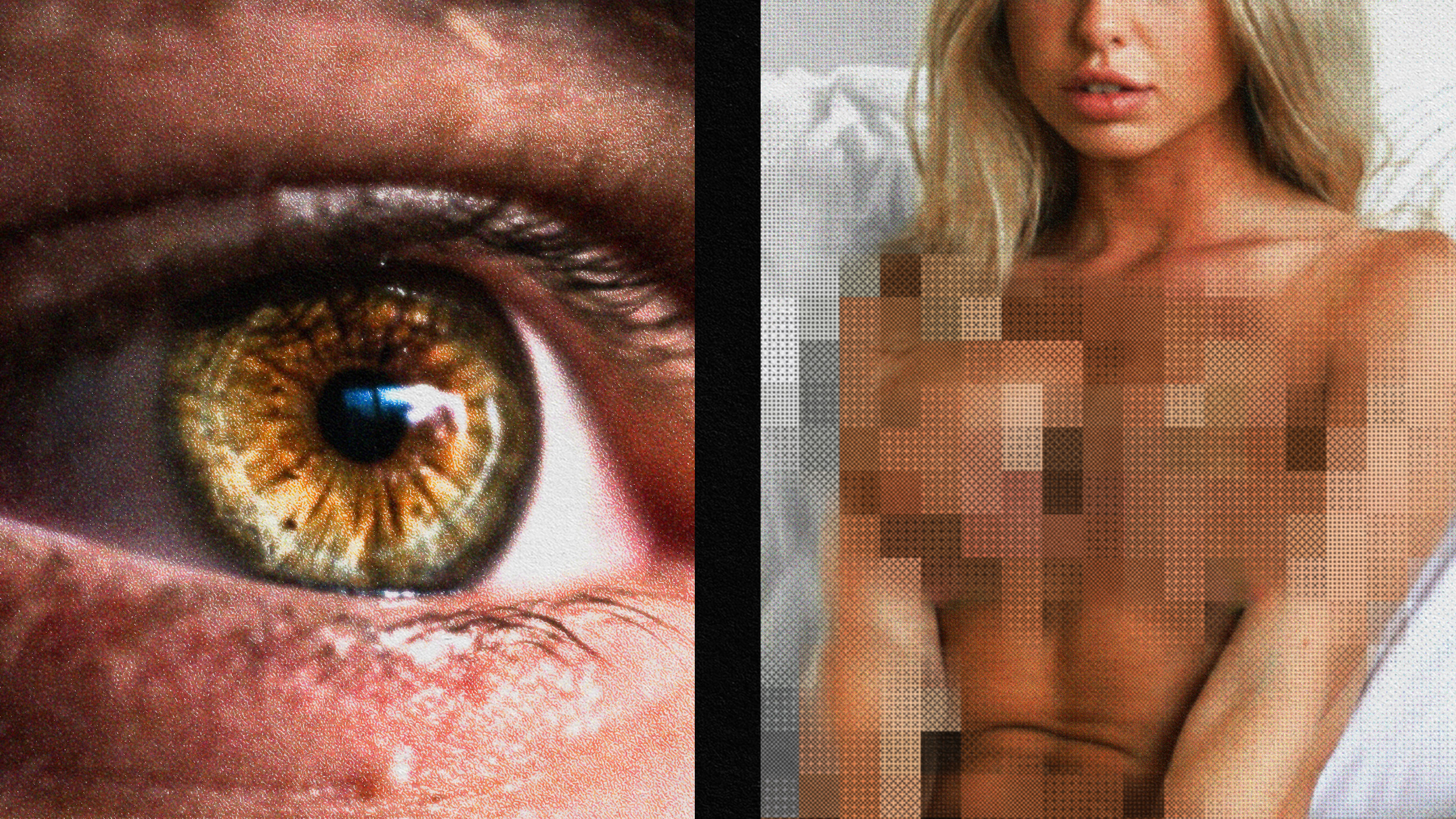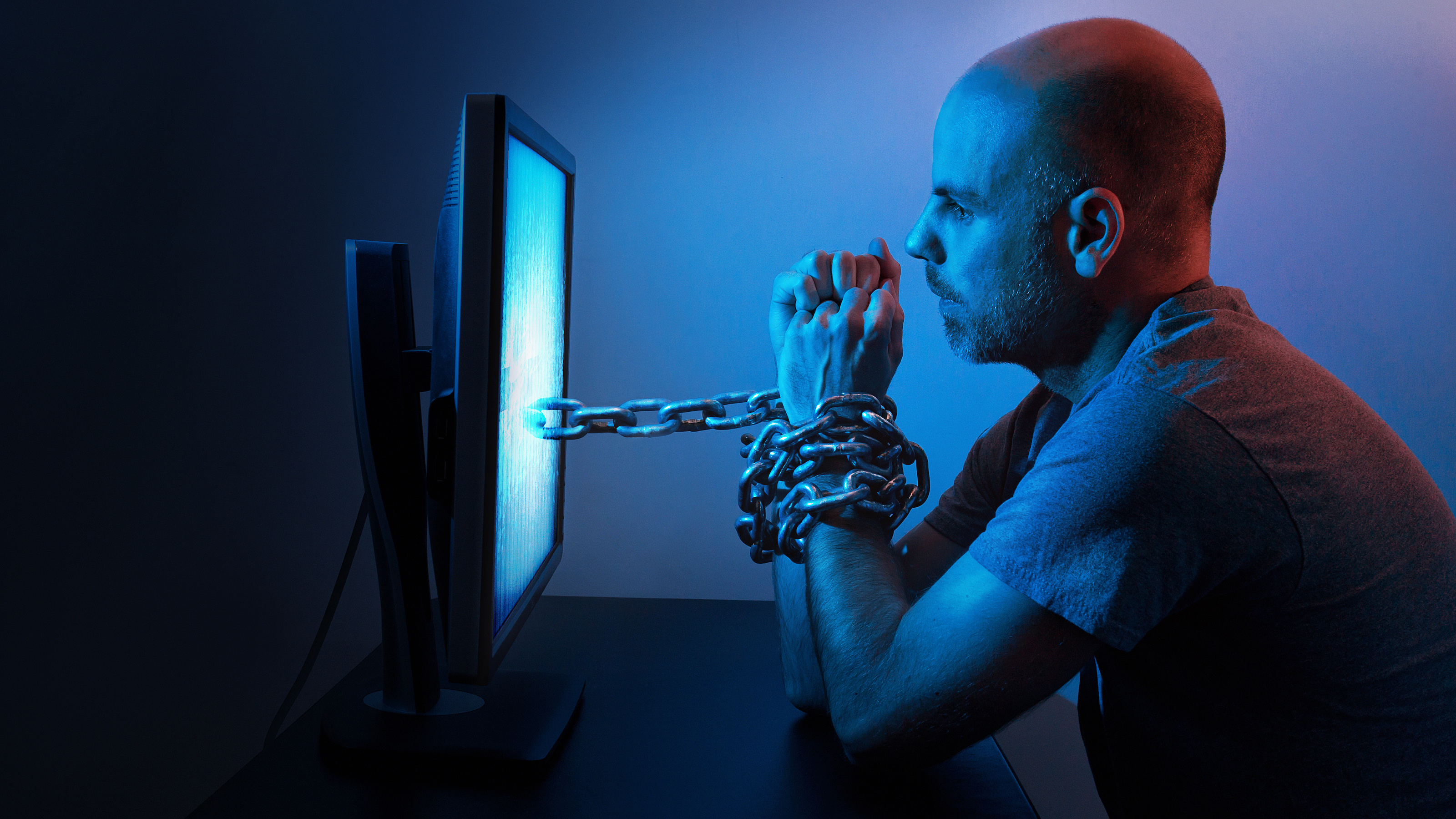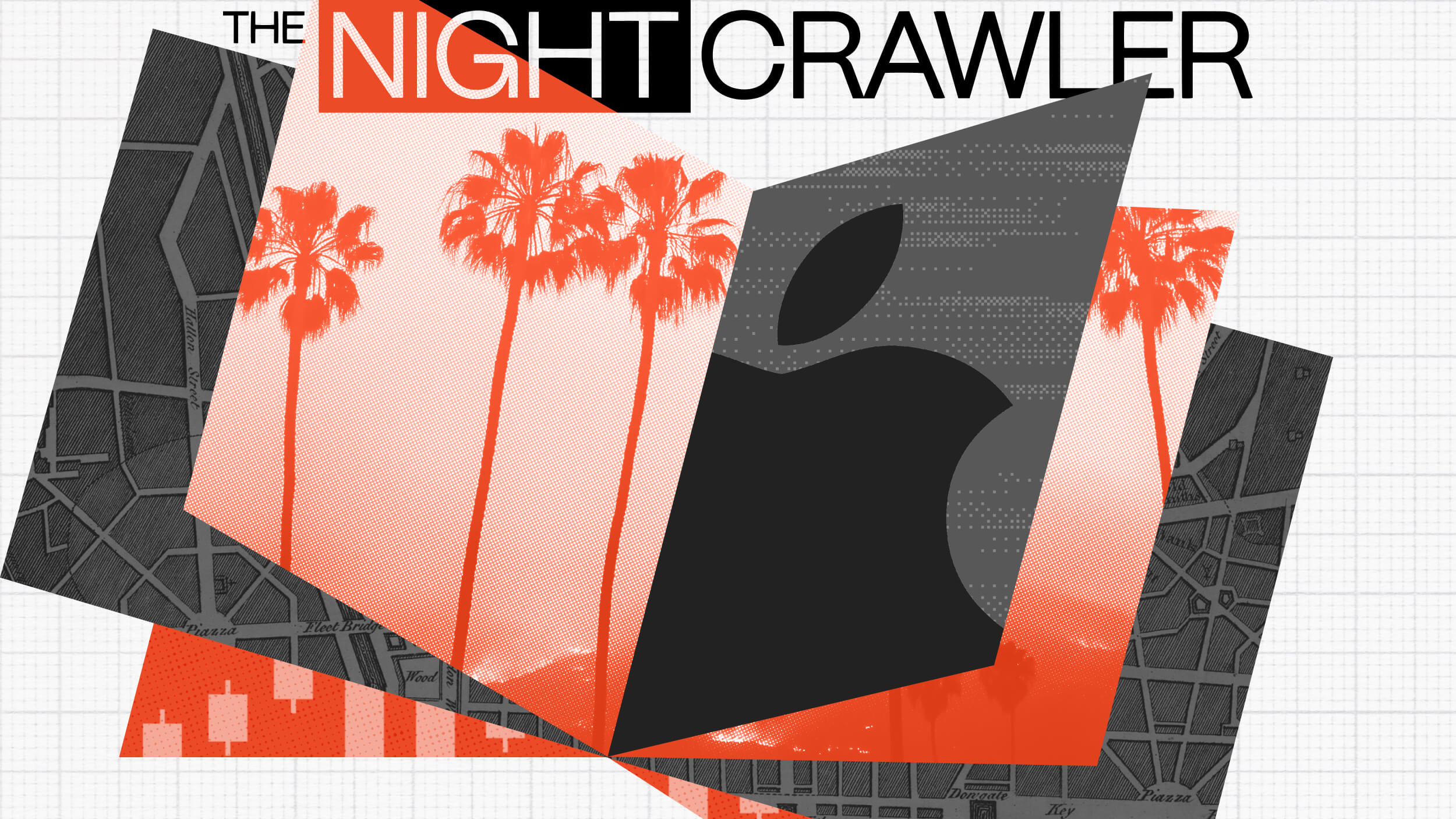Can pornography be art? No, argues Alva Noë, because porn is an instrument with a certain function in mind (sexual arousal) and works of art are not instruments. They are not tools. They have no function. Instead, they subvert functions. They disrupt them.
Pornography never defies expectations. If it does, it doesn’t perform its function. That’s why, according to Noë, it can’t be classified as art.
Philosopher Alva Noë’s latest book is titled Strange Tools: Art and Human Nature.
Alva Noë: Pornography is an instrument with a certain function in mind. People use pornography to get sexual pleasure. Frankly it’s for masturbating to. That’s what it’s for. On my theory, works of art are not instruments. They don’t have functions. They’re not tools. Works of art subvert functions. They disrupt functions. They interrupt functions. And they do that because the disruption, interruption can be revelatory. Because think about a simple tool like a doorknob. We use doorknobs effortlessly. There’s the door. Turn it; walk right through. We don’t stop and think about it. If we do have to stop and think about it, there’s probably some problem with the doorknob’s design. But think how much is presupposed by a doorknob. That we have a hand like the kind of hands that we have. That our bodies are the right size that we are. That we live in buildings. That we get from one room to another. So much is presupposed by the institution of the doorknob.
So what would a strange doorknob be? It would be a doorknob that somehow didn’t work or was in the wrong place. And that therefore called all of the stuff just hidden in the background into the foreground and that’s the kind of thing I mean by saying a strange tool reveals us to ourselves. So in one sense I think there could be pornographic art. There could be art that worked with sex and that worked with explicit sex and that worked with the ingredients of fantasy and the erotic and all the other things that go into pornography — violence, degradation, all the different things that go into pornography. My only stipulation is that it wouldn’t be good for masturbating because it wouldn’t be giving you what you want because art is in the business of questioning what your wants presuppose. Pornography never defies expectations. If it does, it doesn’t perform its function. Just as a doorknob that you need to stop and wonder how to use wouldn’t be a very good doorknob. But art happens precisely when expectations are defied. Art happens precisely when that which we’re taking for granted is forced on — we’re forced to reflect on what we’ve been taking for granted. And that’s why I don’t think there can be pornographic art.





